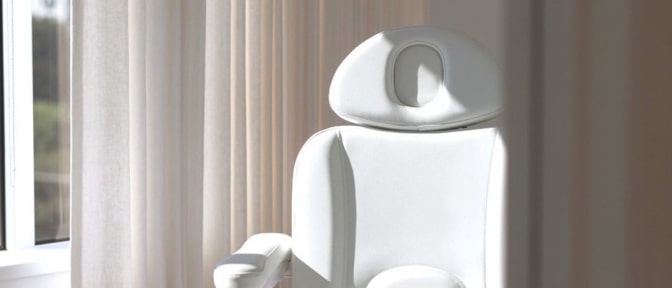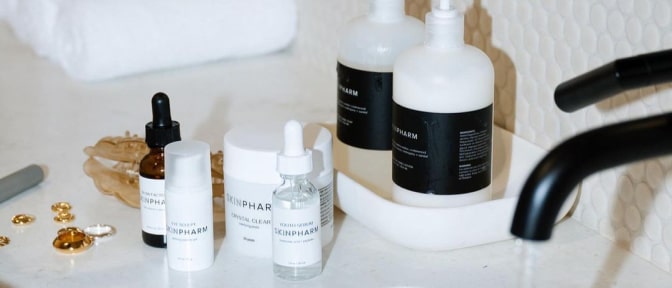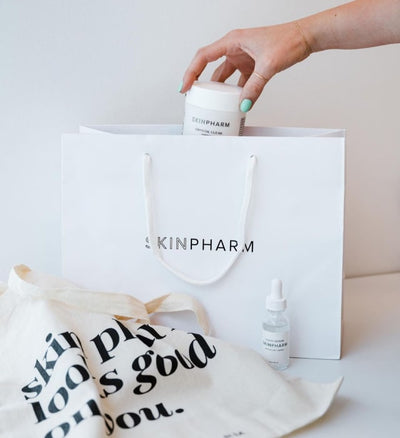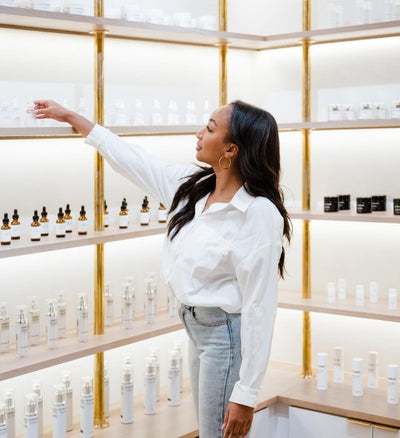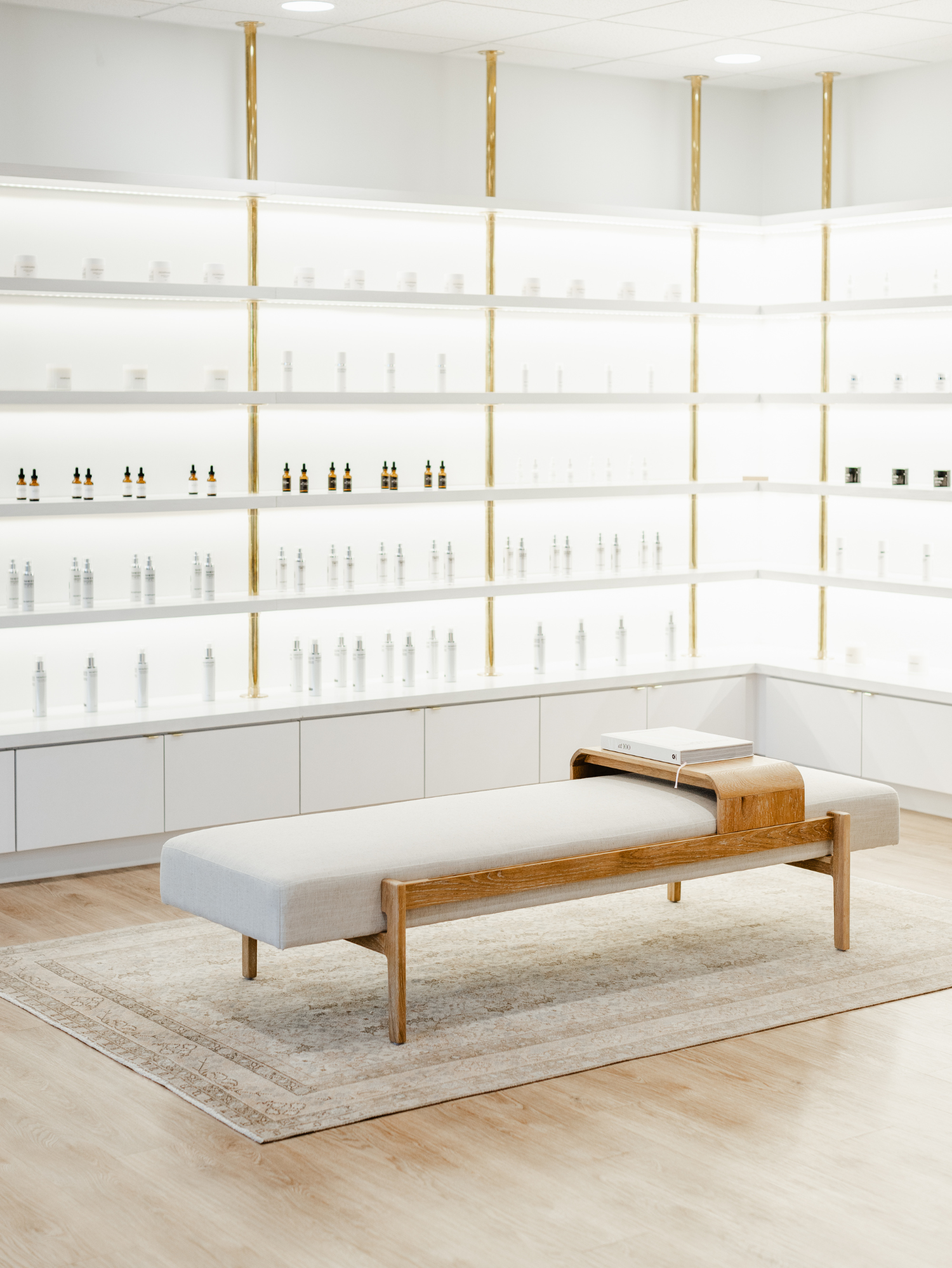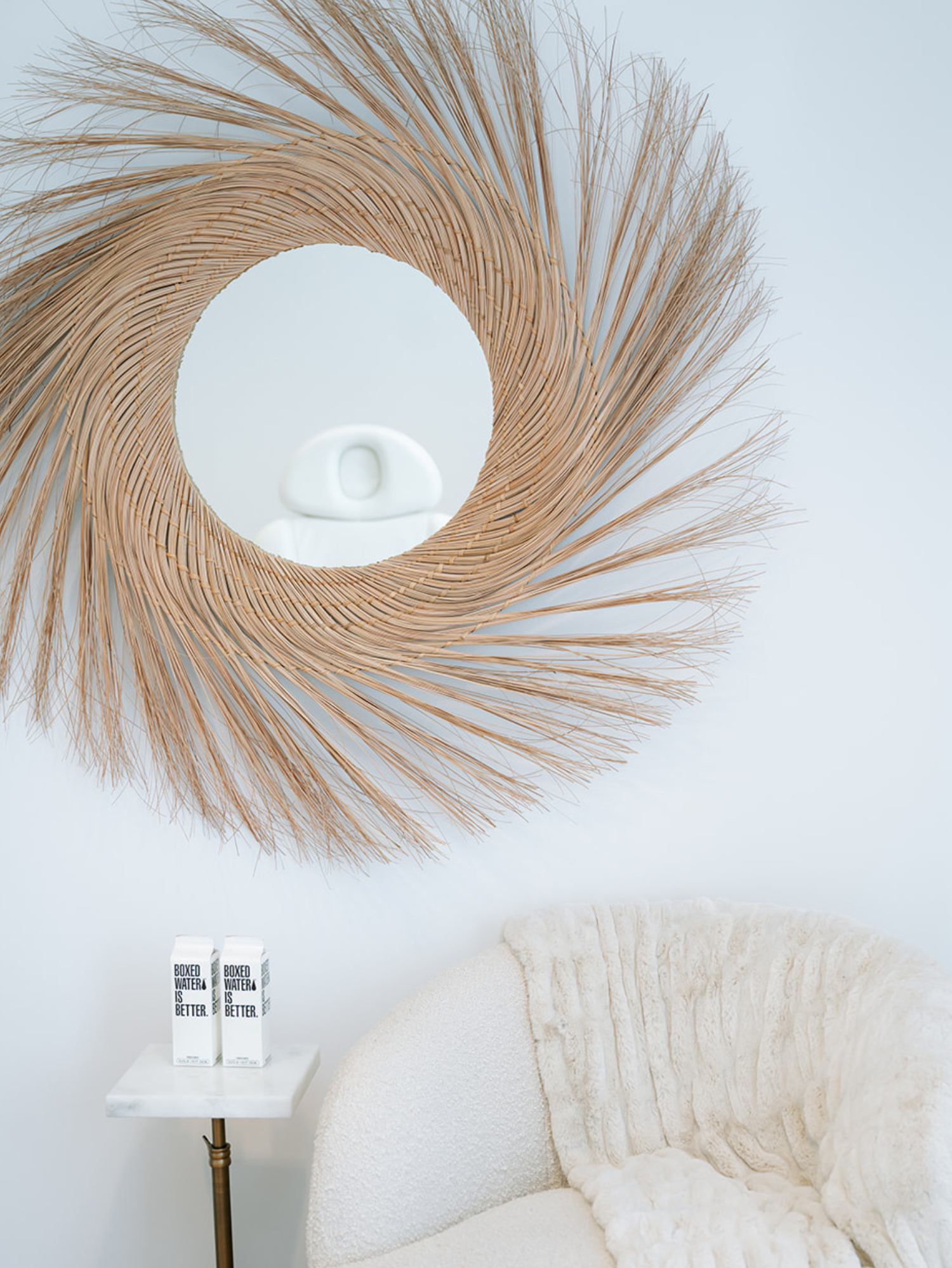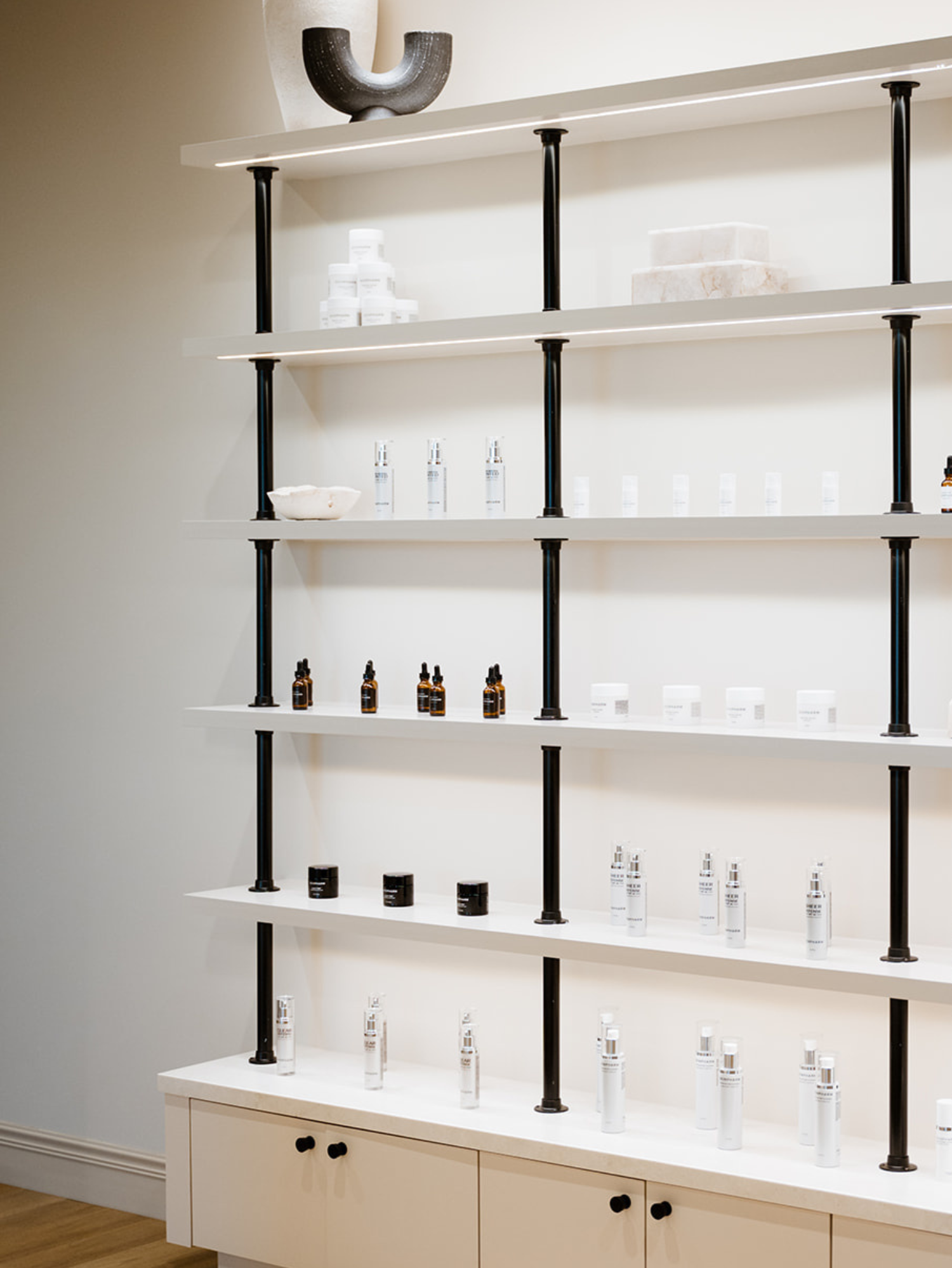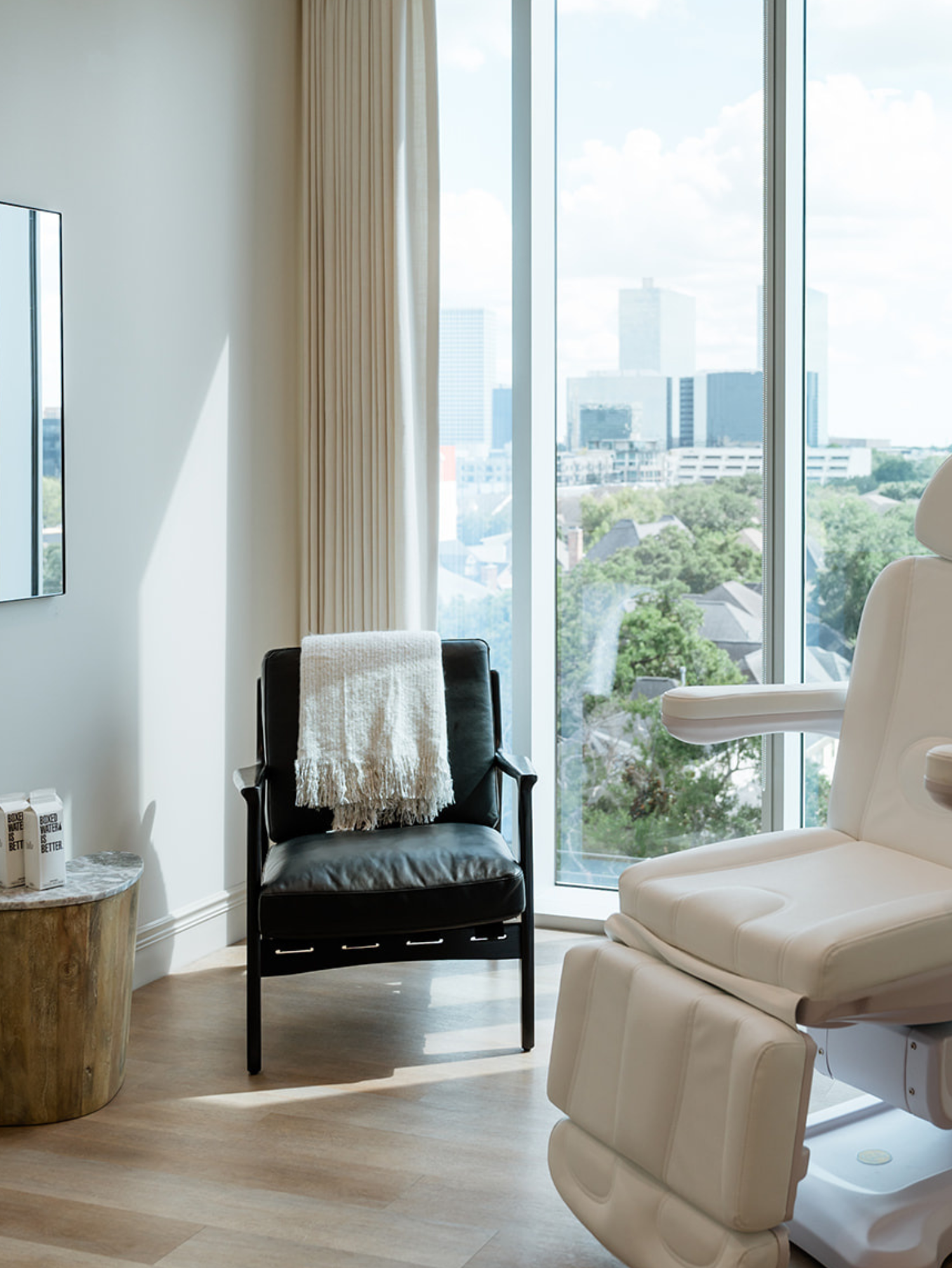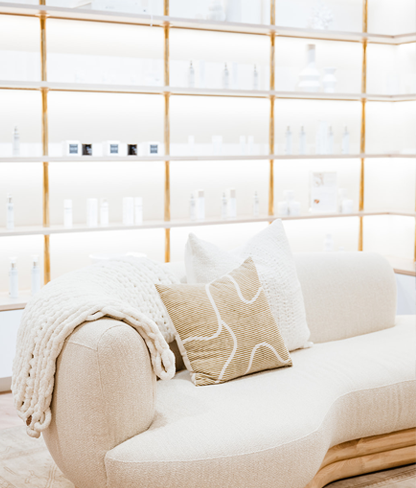Shop skin care
Clinics
VISIT OUR 9 CLINICS →
HOURS
Monday – Friday
9:30a – 5:30p
What Is Skin Purging? Here’s the Scoop

Anytime you try a new product or have certain treatments performed on your skin, you might experience purging.
Purging, although annoying, is a part of the process of your skin adjusting to new regimens and product ingredients. We’ll explain why it happens and what you should do when you experience it.
What is skin purging?
It happens all the time — you try a new product that promises healthy, radiant skin only to wake up with bumps, blemishes and irritation. Are you doomed to a life of skin sensitivity and the same ineffective skin care products? Probably not. Your skin might just be purging.
Skin purging refers to the irritation, breakouts and discomfort you might experience after you start a new product or have a particular treatment (like a chemical peel) performed. It can be incredibly frustrating to feel like your skin isn’t immediately improving, but skin purging is actually a sign your skin is indeed responding.
Is skin purging bad?
No — it’s natural and expected! Skin purging most often occurs when you use a treatment or product ingredient that encourages deep skin rejuvenation. For instance, exfoliating helps remove the layer of dead skin cells clinging to your skin’s surface, which makes way for new skin cells to rise up.
During the process, new skin cells may congest the skin or mix with sebum (your skin’s natural oil), dirt and makeup and clog your pores. This can create whiteheads and blackheads that might fool you into thinking your product isn’t working. Resist the urge to pick or touch your skin while it's purging, or you could end up with scars.
What are the symptoms of skin purging?
If you’ve recently had a new skin treatment (like a peel, microdermabrasion or facial) you could experience skin purging. Purging may also happen when you try a new product, especially one that contains an ingredient like retinol or salicylic acid.
Blemishes aren’t the only symptom of skin purging. Purging can also cause:
- Skin redness and irritation
- Swollen red bumps
- Itching skin
- Peeling or shedding of skin
These signs of purging can be frustrating to deal with, but trust the process.
How long does skin purging last?
Unlike breakouts, which can last for literal years of your life, skin purging usually only lasts between four to six weeks if you're beginning a new product or for a few days if you're experiencing purging post-treatment.
If you experience skin purging, you might be tempted to rethink your skin care treatment or product. However, unless your skin care provider has advised you to stop, it may be best to continue using it and allow your skin to purge.
What if it’s an allergic reaction?
Sometimes, it can be hard to determine whether your skin irritation is simply purging or if you’re experiencing an allergic reaction. While the differences can be hard to spot, an allergic reaction to a new product or treatment does have some distinct differences, including:
- Redness that isn’t limited to one spot but is spread out over the entire treated area
- Red, swollen welts on the skin (similar to a bug bite)
- Skin that is noticeably itchy, hot and tender to the touch
If you experience these symptoms, discontinue the use of the product and consult your skin care provider. To determine whether or not you’re allergic to a particular product, experts recommend performing a patch test on your skin in an inconspicuous spot for seven to 10 days before using it on your entire face.
How to deal with skin purging
If your skin is purging, there are ways to help soothe discomfort. Unless your skin care provider has advised you otherwise, you can continue to use your new product and give your skin time to adjust.
In the meantime, here’s how you can help soothe your skin:
- Don’t touch your face. It’s tempting, but touching, picking or popping can lead to scarring and can cause bacteria to spread.
- Avoid peeling off dead skin. Although it seems like it may “speed up” the process of skin peeling by pulling up dead skin, you shouldn’t do this. It can lead to scarring and uncovering skin that hasn’t fully healed.
- Protect your skin from the sun. Skin that is purging is usually more sun-sensitive. Make sure you’re wearing sunscreen daily.
- Use a moisturizer with hyaluronic acid. Hyaluronic acid is a gentle ingredient that can help your skin retain moisture. Skin Pharm Recovery Lotion contains hyaluronic acid and skin barrier-loving lipids to help restore your skin’s even texture.
Bottom line: Don’t interfere with the process. Skin purging helps your skin reveal newer, healthier skin over time. The products or services you’re using on your skin are designed to help address and improve your skin concerns, so allow them time to work. It requires a little more patience, but it's worth it!
Treatments that reveal radiance
In addition to products that can help restore and revive your skin, there are treatments that can help you target specific skin concerns. Chemical peels are one of our favorite ways to address dark spots, fine lines and wrinkles and uneven skin tone and texture. Peels can even help with breakouts in some cases.
Book a skin consult with us to learn about which treatments can help you achieve your skin goals — or schedule a phone consultation to have specific skin questions answered (including questions about purging).
SOURCES:
Physiology, Sebaceous Glands | PubMed.gov
